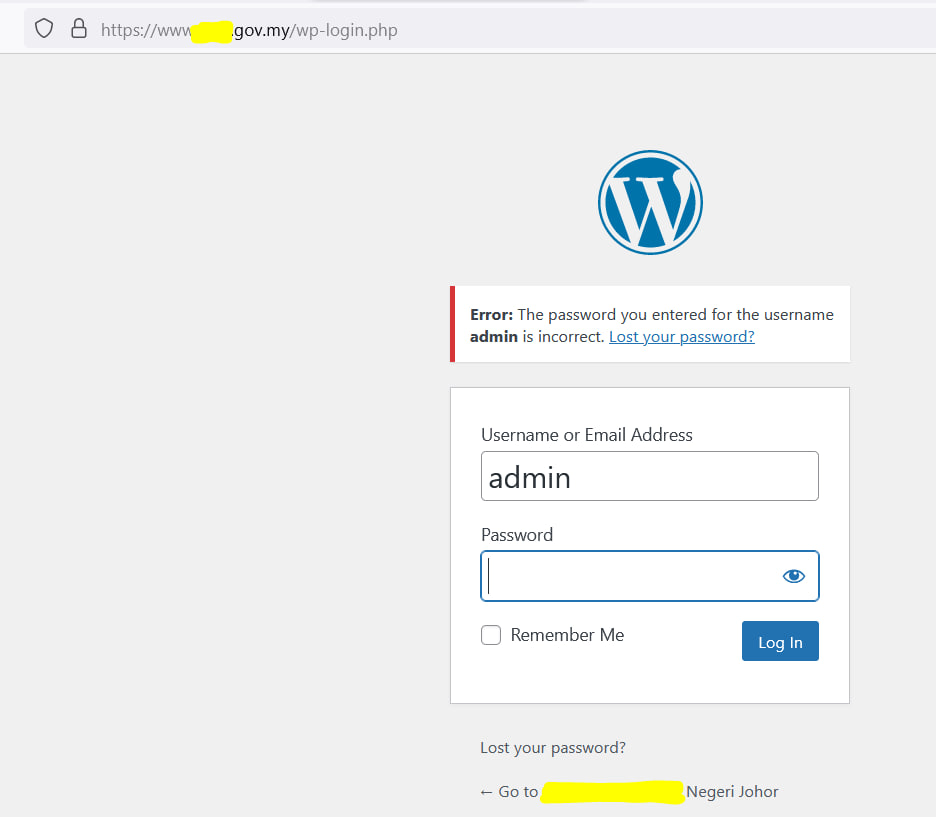
In today’s cybersecurity landscape, it is crucial for website owners and developers to prioritize security measures, especially when it comes to content management systems like WordPress. Despite the widespread adoption of this platform, many users still overlook basic security practices, leaving their sites vulnerable to potential threats.
In this article, I will outline 8 essential security tips for a WordPress website, focusing on a critical, yet often neglected aspect: the use of admin as a username.
1. Install a Security Plugin: The first step in securing your WordPress site is to install a reputable security plugin. These plugins offer a wide range of features, such as firewall protection, malware scanning, and regular security updates to keep your site safe.
2. Personalized Login URL: Most WordPress sites use the default login URL, which makes them an attractive target for hackers. To reduce the risk of a brute-force attack, create a custom login URL to make it harder for would-be attackers.
3. Strong Passwords: One of the easiest ways for hackers to gain access to your site is through weak passwords. Make sure all your users, especially the administrator, use strong and unique passwords. WordPress it self and additional using some security plugin enable the use of 2FA.

4. Avoid Using admin as Username: Hackers often exploit publicly available information about a website’s structure, such as the existence of an admin user, to carry out brute-force attacks. By always using a unique username for the administrator, you can make it much harder for attackers to gain access.
5. Limit Login Attempts: Another effective strategy for preventing brute-force attacks is to limit the number of failed login attempts before blocking an IP address. Free plugins like “Limit Login Attempts” can help you implement this security measure quickly.

6. Forced Secure HTTP (HTTPS): Enabling HTTPS on your website ensures that all information transmitted between your site and users is encrypted, making it more challenging for hackers to intercept sensitive data.
7. Keep Everything Up to Date: Regularly updating your WordPress core, themes, and plugins can help prevent potential security vulnerabilities. Set up automatic updates to stay on top of the latest security patches.
8. Regular Backups: Having a current backup of your site is essential, as it can help you quickly restore your site in case of a successful attack or other catastrophic event.
In conclusion, Rome was not built in a day, neither is a secure WordPress site. By implementing these essential security tips, you can significantly reduce your site’s attack surface, safeguarding your content and users from potential threats.